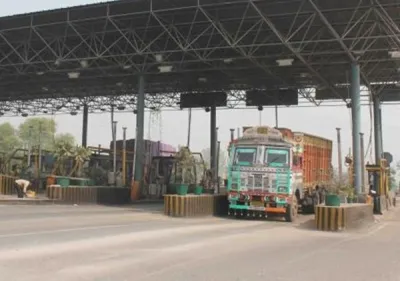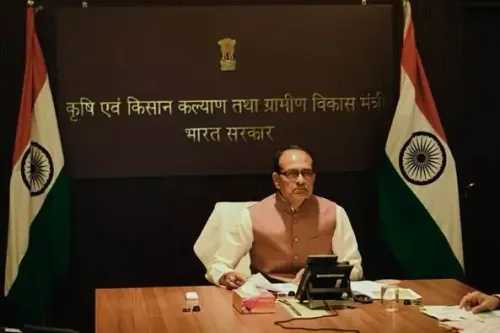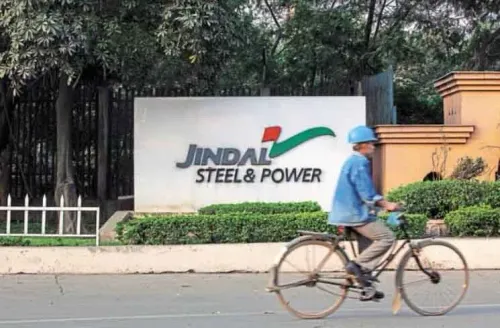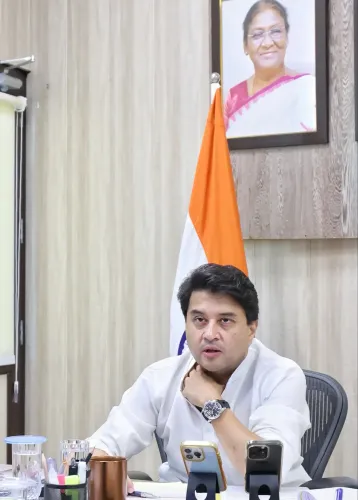Have Toll Revenues in India Increased by 16% in Jan-Sep?

Synopsis
Key Takeaways
- 16% increase in toll revenues in Jan-Sep 2025.
- Traffic volumes rose by 12%.
- Western India contributed 30% of total revenues.
- Commercial vehicles account for over 50% of toll traffic.
- Multi-modal highway usage enhances freight movement.
New Delhi, Oct 28 (NationPress) India's highway toll revenues surged by approximately 16 percent (year-on-year) to Rs 49,193 crore during the period of January to September 2025, driven by enhanced vehicle throughput and periodic adjustments in toll rates, according to a report released on Tuesday.
During the same timeframe, the volume of toll-paying traffic increased by 12 percent to 26,864 lakh, as stated by ICRA Analytics.
The nationwide electronic toll collection reached an unprecedented Rs 57,940 crore in 2024, reflecting a rise of nearly 11 percent year-on-year.
Toll-paying transactions grew from 30,383 lakh in 2023 to 32,515 lakh in 2024, indicating an annual growth rate of about 7 percent in overall traffic, the report highlighted.
Although traffic volumes have exhibited significant growth over the past two years, ICRA noted that revenues have outpaced volumes, which can be attributed to a higher proportion of heavy vehicles and revised user fees.
The western and southern corridors persistently accounted for over half of the national toll revenues. "From January to September 2025, Western India leads with nearly 30 percent of national toll revenues, followed by the South at 25 percent and the North at 23 percent," the report elaborated.
Together, Eastern and Central India contribute approximately one-quarter of total collections, showcasing a consistent regional balance, the release noted.
East, Central, and West India are identified as freight-centric regions, with commercial vehicles representing over 50 percent of toll traffic, according to ICRA Analytics.
This trend highlights robust industrial and logistics activity along vital mining-to-port corridors through Odisha and Andhra Pradesh, Chhattisgarh's mineral belt, as well as key areas in the North East, as explained by Madhubani Sengupta, Head of Knowledge Services at ICRA Analytics.
Sengupta further remarked that this overall pattern underscores India's multi-modal highway utilization, where central, western, and eastern corridors drive freight movement, while northern and southern regions facilitate commuter and intercity passenger travel.
Corridors like NH-44, NH-47, and NH-52 in Central India cater to both long-haul freight and increasing inter-city passenger traffic, reflecting the region's evolution from a resource corridor to a mixed-use highway network.
Conversely, the North and South of India remain predominantly passenger-oriented, with cars and jeeps constituting 65–70 percent of toll transactions, propelled by densely populated urban clusters, commuter belts, and a rise in personal vehicle ownership.









